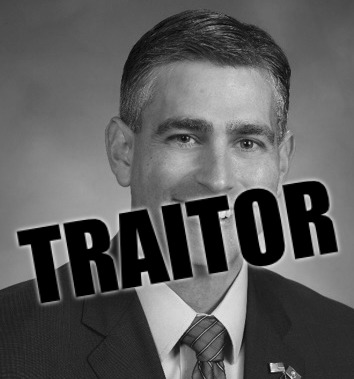The United States Postal Service (USPS) has long been a crucial part of American infrastructure, responsible for delivering mail and packages to millions of households and businesses nationwide. However, in an effort to address financial difficulties, USPS has decided to implement a voluntary early retirement program, resulting in the loss of 10,000 jobs. This move, which has drawn criticism from various labor unions and lawmakers, raises significant concerns about the impact on both the agency’s workforce and its service delivery.
USPS has struggled in recent years to hire and retain workers, primarily due to lower pay compared to private sector jobs, fewer benefits, and challenging working conditions. The decision to cut 10,000 positions comes at a time when the service is already overworked, with employees frequently tasked with managing heavy workloads that have become even more burdensome as demand for package delivery continues to rise. The voluntary retirement initiative will likely lead to even more strain on those who remain, as they will be expected to pick up the slack, working longer hours and handling more responsibilities.
Increased labor costs are a major concern with this downsizing. Although eliminating 10,000 positions may initially seem like a cost-cutting measure, it may lead to higher labor expenses in the long run. With fewer employees to manage the workload, remaining workers will be forced to work overtime, driving up costs for USPS. This could counteract any initial savings from job reductions, creating a more expensive operation, as the remaining staff will be stretched thin to maintain the level of service that the public expects.
The USPS is already facing a labor shortage, and these cuts will likely exacerbate the problem. Postal workers are often responsible for not only sorting and delivering mail but also maintaining equipment, processing packages, and ensuring the smooth operation of facilities. When positions are eliminated, remaining staff members are left with additional tasks, which can lead to increased stress, fatigue, and, ultimately, a decline in job satisfaction. This cycle of overwork and low morale is unsustainable and could push even more employees to leave the agency, creating a vicious cycle of staffing shortages.
Moreover, postal workers in rural and underserved areas are already facing challenges in completing their duties efficiently due to long hours and inadequate staffing. The potential for further delays in these regions is troubling, as many Americans rely on USPS for essential services, from prescription deliveries to social security checks. Reducing the workforce without considering the unique needs of these areas could undermine USPS’s mission to provide universal service to all Americans.
While USPS aims to improve efficiency through these cuts, the reality may be the opposite. Efficiency isn’t simply about reducing headcount; it also involves ensuring that operations are adequately staffed and supported. By cutting jobs without addressing the underlying causes of overwork, USPS may find itself in an even worse financial situation in the future. Moreover, with postal workers already stretched thin, the quality of service is likely to decline, leading to customer dissatisfaction.
The situation is further complicated by the broader financial struggles of the USPS. The service has faced declining revenues in recent years, partly due to the rise of digital communication and the increase in private sector competition for package delivery. While USPS has taken steps to modernize its infrastructure and streamline operations, these efforts have not been enough to offset the financial pressures it faces. The decision to cut 10,000 jobs might seem like a way to balance the books, but it could lead to a situation where the service becomes more costly to maintain in the long run.
Labor unions have voiced strong opposition to these cuts, warning that they will lead to a deterioration in service and an increase in employee burnout. The American Postal Workers Union (APWU) has argued that the reduction in staff will not only make the job more difficult for current employees but will also diminish the quality of service for the American people. This criticism is echoed by lawmakers who fear that these cuts could signal a move toward privatization, which could leave rural areas with little to no mail service options.
At a time when public trust in government institutions is already fragile, USPS’s efforts to balance its budget through job cuts could further damage its reputation. The public expects reliable, efficient mail service, and with fewer employees to meet demand, USPS may find it increasingly difficult to maintain the high standards it has set for itself. Increased costs, decreased morale, and lower service levels could harm the agency’s credibility and lead to further financial instability.
Ultimately, the decision to cut 10,000 USPS jobs underscores the difficult position the service finds itself in. While cost-saving measures are necessary, eliminating jobs without addressing the root causes of overwork and financial strain could lead to more harm than good. Instead of cutting positions, a more sustainable solution would be to invest in workforce development, improve employee retention strategies, and modernize USPS operations in ways that do not compromise the quality of service. As it stands, these job cuts may only be a temporary fix to a much larger issue that requires thoughtful, long-term solutions.





